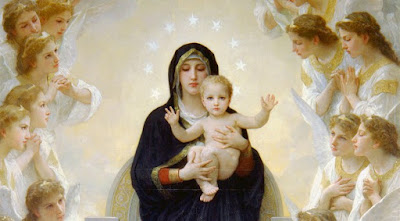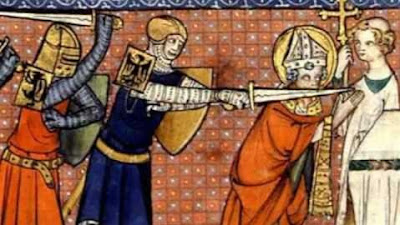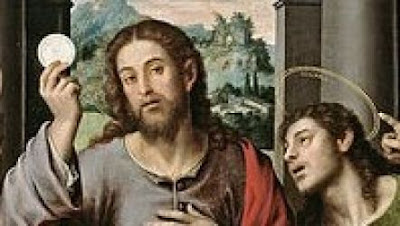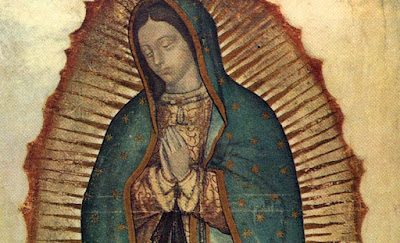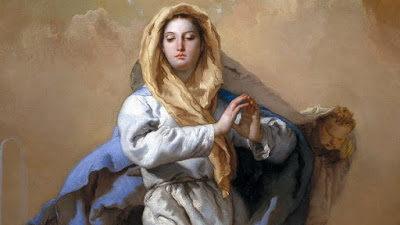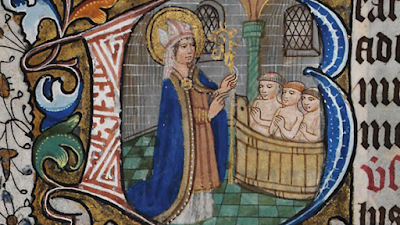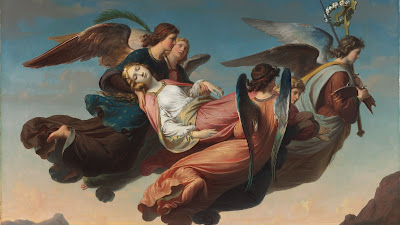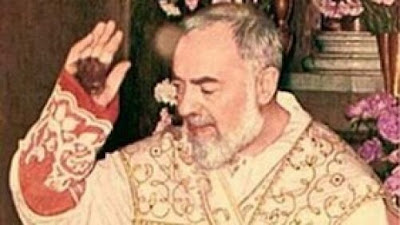Homily for the 4th Sunday in Ordinary Time, January 28, 2018, Year B
.jpg)
Fr. Charles Irvin Diocese of Lansing ( Click here for Sunday’s readings ) Two words in the Gospel account you just heard captured my attention… “astonished” and “amazed.” St. Mark reports that the people in Capernaum’s synagogue were astonished at Jesus’ teaching and all were amazed. So the question arises: Why? Why were they so astonished and amazed? After all they thought Jesus was a rabbi, someone who speaks God’s word, and they were, after all, in a synagogue, a place where one would expect to be hearing about what God had to say. So why were they so astonished and amazed? First of all we need to notice that this event occurred at the very beginning of Our Blessed Lord’s public ministry. St. Mark reports this event in the first chapter, twenty-first verse of his Gospel account. Jesus has just finished gathering His twelve apostles and was now “going public,” so to speak. Jesus had not as yet performed His dazzling miracles. He had not as yet cured the blind, healed the l



